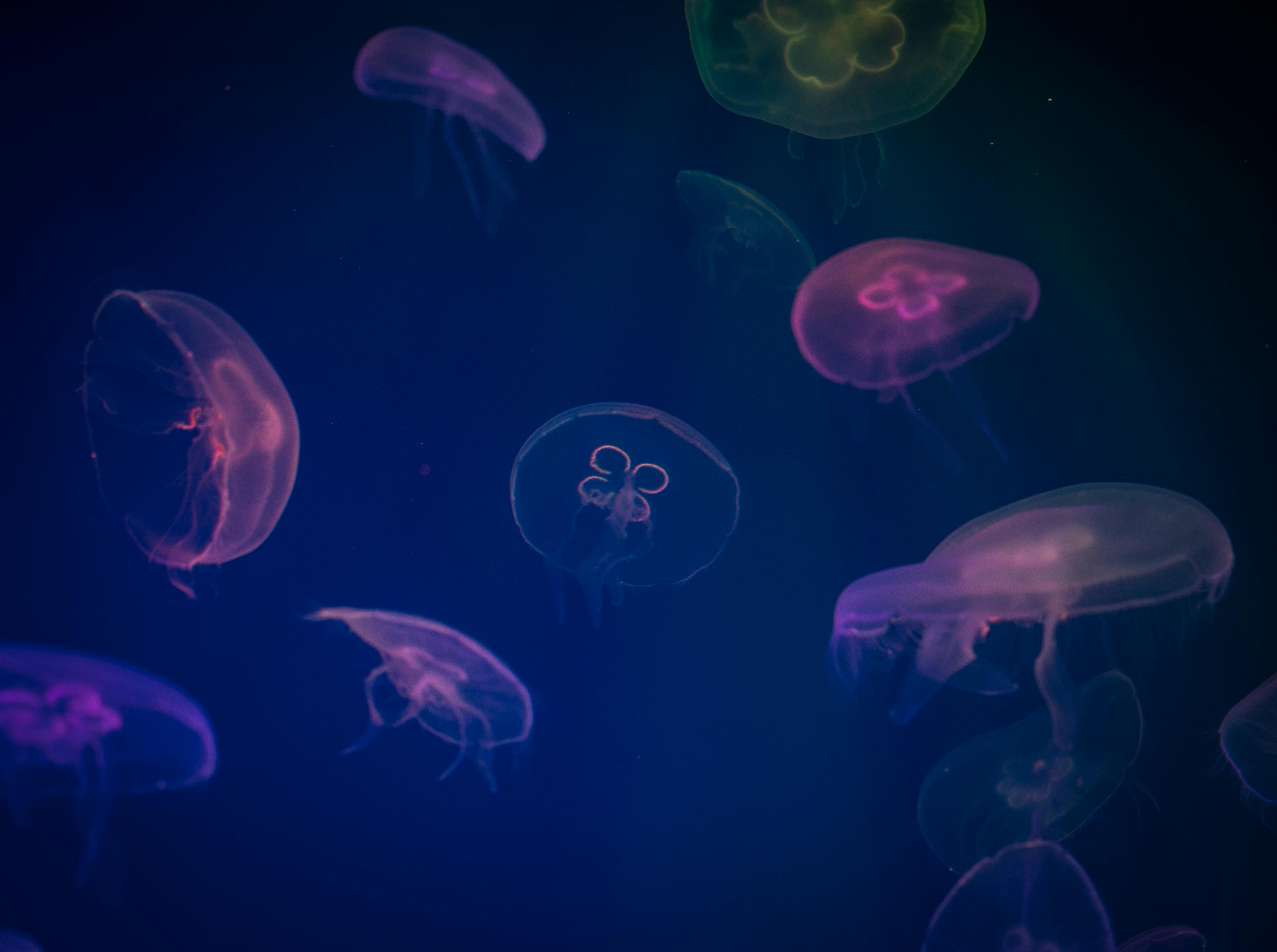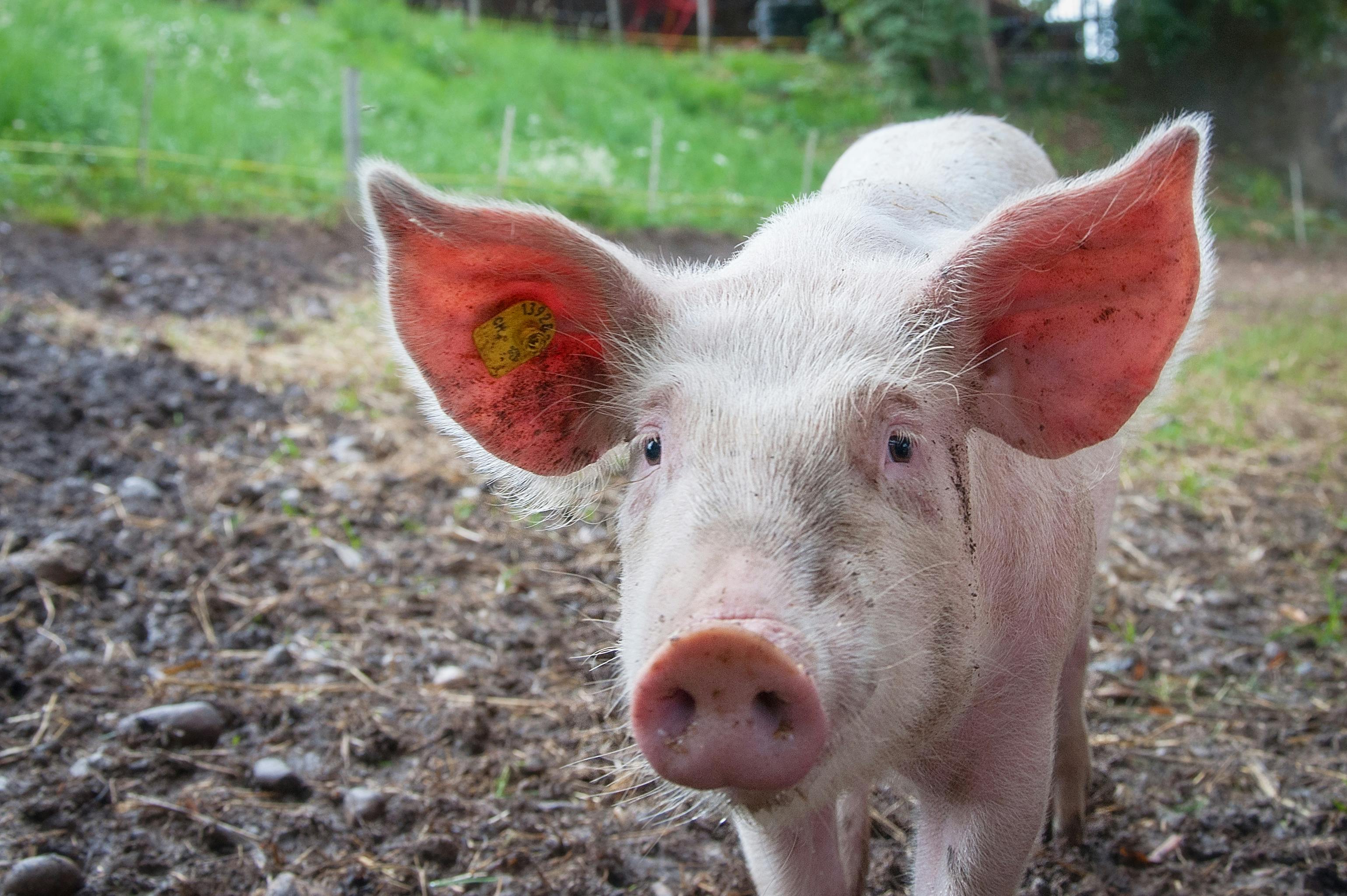Practical Guide to Treating Wet Tail in Hamsters: Tips for 2025

Apply Now


Effective Ways to Treat Wet Tail in Hamsters and Improve Their Health in 2025
Understanding Wet Tail: Symptoms and Causes
Recognizing Wet Tail Symptoms
Wet tail is one of the most serious health issues that can affect hamsters. It is primarily seen in young hamsters, particularly in Syrian and dwarf breeds. Common signs of wet tail in hamsters include wet fur around the tail area, lethargy, loss of appetite, and diarrhea. Parents should remain vigilant to detect these initial signs, as they are critical for identifying the onset of this dangerous condition. The sooner it is recognized, the better the chances of recovery. In addition to wetness around the tail, hamsters may also exhibit behaviors such as excessive grooming or hiding. It is essential to monitor their overall activity and eating habits. If a hamster shows sudden changes in behavior or health, it’s important to consult with a veterinarian soon to assess any potential wet tail hamster symptoms further.Common Causes of Wet Tail
Understanding wet tail disease causes is crucial for effective treatment and prevention. Wet tail is typically triggered by stress, poor diet, and unsanitary living conditions. Stress factors can range from changes in environment, such as moving to a new cage, the presence of unfamiliar pets, or lack of social interaction. A diet lacking in essential nutrients can weaken a hamster's immune system, making it more susceptible to infections. Moreover, improper hygiene practices can lead to bacterial overgrowth, exacerbating the risk of wet tail infection in hamsters. Parents should ensure that their hamster's habitat is kept clean and that they receive a balanced diet rich in fiber to minimize these risks.The Importance of Veterinary Care
Seeking wet tail veterinary advice cannot be overstated. A veterinarian can help distinguish wet tail from other hamster illnesses, which is vital for effective treatment. Many times, wet tail may present symptoms similar to other conditions, highlighting the need for an accurate diagnosis. Time-sensitive treatment can improve prognosis, helping parents avoid drastic measures later. Consulting a vet could also lead to potentially lifesaving interventions like proper hydration and dietary adjustments. Medical advice will typically include recommendations for hydration methods and potential antibiotic treatments for severe cases.Effective Treatment Options for Wet Tail
Home Treatment and First Aid
Wet tail treatment at home can be a viable option in the early stages. Maintaining hydration is vital; owners can administer fluids using a syringe if the hamster is reluctant to drink. Wet tail and hydration go hand-in-hand, as dehydration can quickly worsen a hamster's condition. A specialized wet tail hamster diet should also be introduced, focusing on fiber-rich foods and easily digestible options such as small pieces of cooked carrots or peas. Avoiding sugary or fatty treats will help their digestive tract stay balanced. Following these steps can prove beneficial in the initial recovery phase.Probiotics and Dietary Modifications
The introduction of wet tail probiotics for hamsters can further support recovery. Probiotics help restore healthy gut flora, which is often disrupted during illness. They can be found in specialty pet stores or prescribed by a veterinarian. Implementing wet tail diet modifications can also have a significant impact. Incorporate grains, fresh fruits, and veggies, adjusting portions according to the hamster’s activity levels. Observing how your hamster responds to changes in diet is essential for modifying their treatment plans effectively.Recognizing the Need for Advanced Treatments
If there is no improvement with home treatments, or if symptoms worsen, it’s crucial to explore advanced treatment options. This might include steroids or antibiotics prescribed by a veterinarian. The veterinary community offers a variety of innovative wet tail treatment options that can provide relief and restore health for affected hamsters. Investing time in understanding wet tail hamster care can ease anxious moments for pet owners during this challenging phase. Proper medical intervention ensures that health issues are being addressed timely, ultimately improving the hamster’s overall well-being.
Preventing Wet Tail in Hamsters
Creating a Stress-Free Environment
Understanding hamster care tips contributes significantly to preventing wet tail. A stress-free habitat should include a comfortable and secure environment free from sudden noises or temperature fluctuations. Make sure your hamster has ample hiding spots and soft bedding to encourage a relaxed atmosphere. Social interaction is equally important; ensuring that your hamster has regular playtime can help in bonding and reducing stress levels, ultimately preventing wet tail disease.Proper Diet and Nutrition
The importance of hamster nutrition cannot be overemphasized when discussing wet tail prevention strategies. Providing a balanced diet rich in fiber and low in sugar can significantly reduce health risks. Avoid commercial mixes heavy in seeds and treat them as an occasional addition rather than a staple diet. Regular rotation of their diet can also help maintain enthusiasm while ensuring comprehensive nutrition. Keeping food fresh and avoiding molds also contributes to preventing wet tail in hamsters.Regular Health Monitoring and Hygiene
Consistent checks on wet tail hamster health issues help in early detection of potential problems. Rigorous hygiene practices can help reduce exposure to harmful bacteria that could lead to infections. Regular cleaning of the cage, including replacing bedding and checking water bottles for cleanliness, will maintain a safe habitat. Establishing routine health assessments will make it easier for pet owners to identify typical hamster behavior changes, alerting them to step in with appropriate care when necessary.Recognizing Wet Tail in Different Hamster Breeds
Wet Tail in Syrian Hamsters
Wet tail in Syrian hamsters might manifest differently than in dwarf hamsters. Being larger, they may withstand certain symptoms longer, which can lead to complications. Recognizing wet tail early involves keen observation concerning their usual behavior. Checking hydration levels, as well as maintaining appropriate conditions for stress reduction, are key factors in their recovery. Ensuring adaptable habitats can give them the comfort needed while they recuperate.Wet Tail in Dwarf Hamsters
Dwarf hamsters can be notoriously susceptible to wet tail illnesses due to their small size. Stress factors often arise from cramped living spaces or aggressive interactions with other pets. Observing gentle handling can prevent the onset and potential complications associated with wet tail in dwarf hamsters. As tiny creatures, their dietary needs might differ slightly, emphasizing the importance of tailored meal plans to suit their size and energy needs. Monitoring for wet tail symptoms timeline ensures that health issues are detected promptly.Considerations for Other Hamster Breeds
Recognizing wet tail in different hamster breeds includes knowing specific health risks that might apply uniquely. All hamsters are susceptible under certain circumstances, so collective awareness concerning wet tail in pet hamsters remains essential. Continuously adapting care strategies based on individual hamster needs will promote wellness and prevent critical issues. Maintaining an attitude of empathy and diligence toward discovering signs of hamster sickness is vital for every hamster owner.